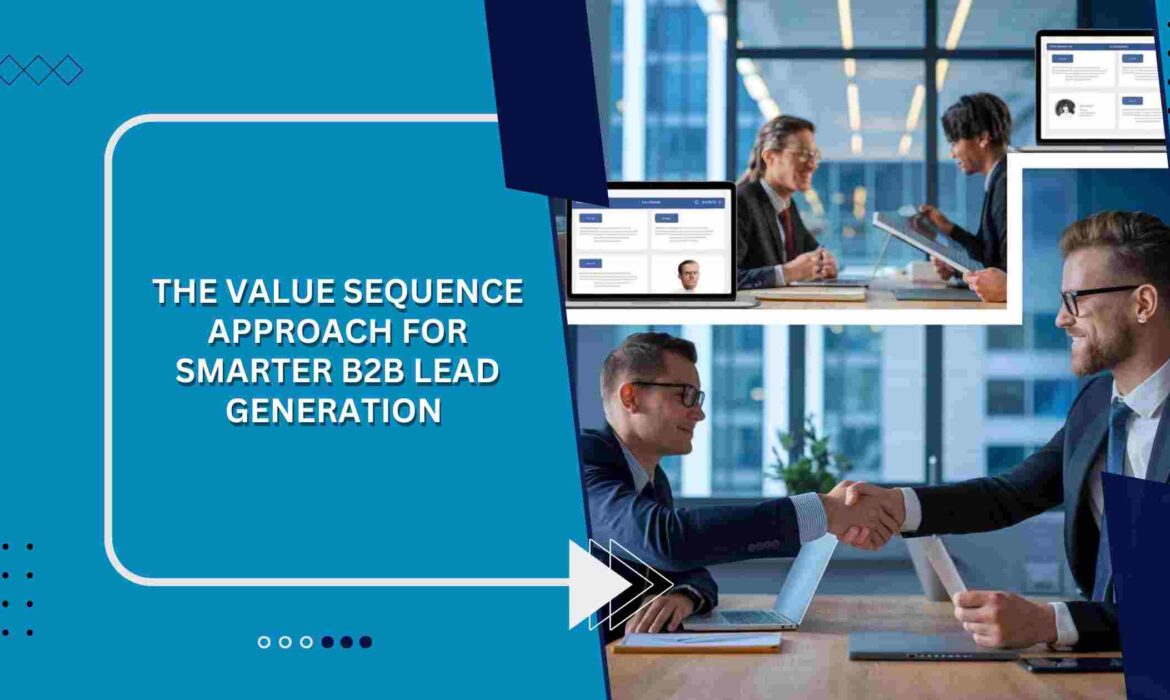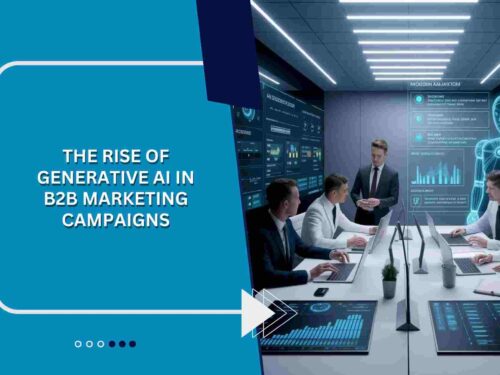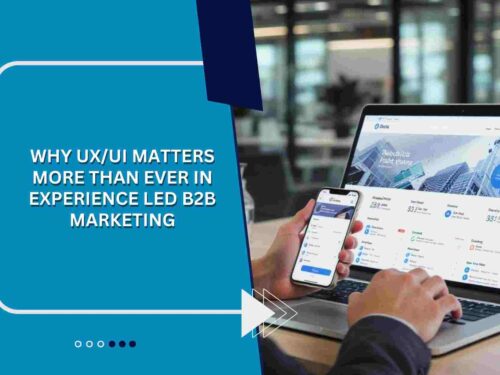In the world of B2B marketing, trust and relevance matter more than ever. Business buyers are cautious, informed, and often take months sometimes even years to make a purchasing decision. That’s why traditional approaches that push products right away often fall flat. Instead, companies are finding success with the value sequence approach, a lead generation strategy that prioritizes delivering value step by step. Rather than promoting a product immediately, it nurtures prospects with useful, problem-solving content, gradually building trust and guiding them toward meaningful engagement.
At its core, the value sequence approach is about meeting prospects exactly where they are in their buyer journey. Instead of overwhelming them with a sales pitch, it answers their questions, addresses their pain points, and demonstrates genuine expertise. By providing content in a structured and personalized sequence, businesses can attract, engage, and qualify leads more effectively without coming across as pushy.
Key Elements That Make the Value Sequence Work
1. Deep Audience Understanding
Every effective sequence begins with research. Before launching any campaign, businesses must invest the time to understand their target audience their challenges, goals, and decision-making behaviors. This insight ensures that every piece of content feels relevant and valuable rather than generic.
2. Problem-Solving Content
Instead of talking about features or pricing, the focus is on creating resources that help prospects solve real problems. This could be in the form of blog articles that explain industry trends, whitepapers that dive into solutions, webinars that share expert insights, or case studies that highlight successful strategies. When prospects see that your company consistently delivers solutions, they begin to view you as a trusted advisor rather than just another vendor.
3. Structured Nurturing
The strength of this approach lies in its sequence. Prospects are guided through a journey where each interaction adds more value than the last. At the start, they might receive general educational content, followed by more detailed resources that address specific needs, and finally, personalized offers that help them take the next step toward conversion.
4. Personalization at Every Step
Not every lead is the same, and neither should their experience be. The value sequence approach tailors touchpoints based on where the lead is in the funnel, their interests, and their business needs. A well-timed case study, an email tailored to their industry, or even dynamic website content can make all the difference in moving a lead forward.
5. Self-Qualifying Prospects
One of the most powerful aspects of this strategy is that leads begin to qualify themselves. By interacting with different types of value-driven content, they reveal their level of interest and intent. This means sales teams can focus on prospects who are genuinely engaged, improving efficiency and reducing wasted effort.
6. Multi-Channel Delivery
The sequence isn’t limited to one channel. Depending on where the target audience is most active, businesses can deliver value through email, social media, targeted ads, or even personalized website experiences. This multi-channel approach ensures that prospects encounter value wherever they spend time online.
How the Value Sequence Plays Out
One of the biggest challenges in B2B marketing is moving prospects from casual interest to meaningful engagement without overwhelming them with sales messages too early. The value sequence approach solves this challenge by breaking the buyer journey into structured stages. Instead of bombarding a potential lead with product promotions, the process unfolds gradually each step providing just the right kind of value at the right time. This not only helps prospects feel understood but also makes them more open to building a relationship with your brand.
Let’s take a closer look at how the value sequence plays out across the three key stages of the funnel.
Top of the Funnel – Delivering Initial Value
At the top of the funnel, the primary goal is to spark awareness and establish an initial connection with your audience. Prospects at this stage may not yet know your brand, and in many cases, they might not even be actively searching for a solution. That’s why the focus here is on education and inspiration rather than selling.
Broad, informative content works best during this stage. For example, an industry insights article, a well-researched trend report, or an engaging blog post can capture attention and show that your company understands the bigger picture. The objective isn’t to push a product but to provide content that resonates with the challenges or opportunities the prospect may be experiencing.
When done right, this stage acts as an invitation it introduces prospects to your expertise and builds curiosity to learn more, without creating pressure.
Middle of the Funnel – Building Deeper Engagement
Once a prospect has shown interest, the next step is nurturing that relationship with more targeted and specific content. This is the middle of the funnel, where the audience begins to move from casual curiosity to genuine consideration.
At this stage, prospects are starting to ask more focused questions: How does this solution apply to my business? Can it really solve my challenges? Has it worked for others in my industry? Your role is to answer these questions with clarity and value.
Content such as webinars, case studies, and whitepapers is incredibly effective here. A webinar, for instance, allows your audience to hear directly from your experts and see how you address common industry challenges. A case study, on the other hand, demonstrates real-world proof showing how another company faced a similar issue and succeeded with your solution.
This type of engagement not only builds credibility but also strengthens trust. Prospects begin to view your company not as a vendor, but as a partner who understands their problems and has a proven track record of solving them.
Bottom of the Funnel – Guiding Qualified Leads
The final stage is where prospects transform into qualified leads. By now, they’ve consumed a variety of valuable content and already associate your brand with expertise and reliability. What they need next is a clear path forward.
This is where more direct, conversion-focused actions come into play. For example:
- Inviting them to request a product demo
- Offering a one-on-one consultation
- Providing a tailored proposal or personalized offer
At this point, your sales team isn’t pushing against resistance. Instead, they’re guiding prospects who are already warmed up and eager to take the next step. The earlier stages of value delivery have created a foundation of trust, so the conversion process feels natural and customer-driven rather than forced.
Why This Step-by-Step Flow Matters
What makes this structured sequence so powerful is its ability to respect the buyer’s journey. Instead of trying to jump straight from awareness to purchase, it acknowledges that B2B buyers need time, information, and reassurance before committing. Each stage has a clear purpose: first to attract, then to educate and engage, and finally to empower action.
By the time prospects reach the bottom of the funnel, they’re not just aware of your brand they’re confident in it. And that confidence is what drives higher-quality leads, stronger relationships, and ultimately, better conversions.
Why This Approach Works
The benefits of the value sequence approach are significant:
- It builds trust and authority by consistently demonstrating expertise.
- It attracts high-quality leads who are genuinely interested in solving their challenges.
- It fosters long-term relationships, which aligns perfectly with the extended sales cycles in B2B markets.
- It improves conversion rates by delivering the right content at the right time, making the buying journey smoother and more natural.
In today’s business environment, buyers expect relevance, personalization, and value before they even consider talking to a sales team. The value sequence approach provides exactly that helping companies stand out by focusing on helping first and selling second.
Ready to transform your lead generation strategy with a value-first approach? Partner with Acceligize today and start building lasting relationships that convert.




